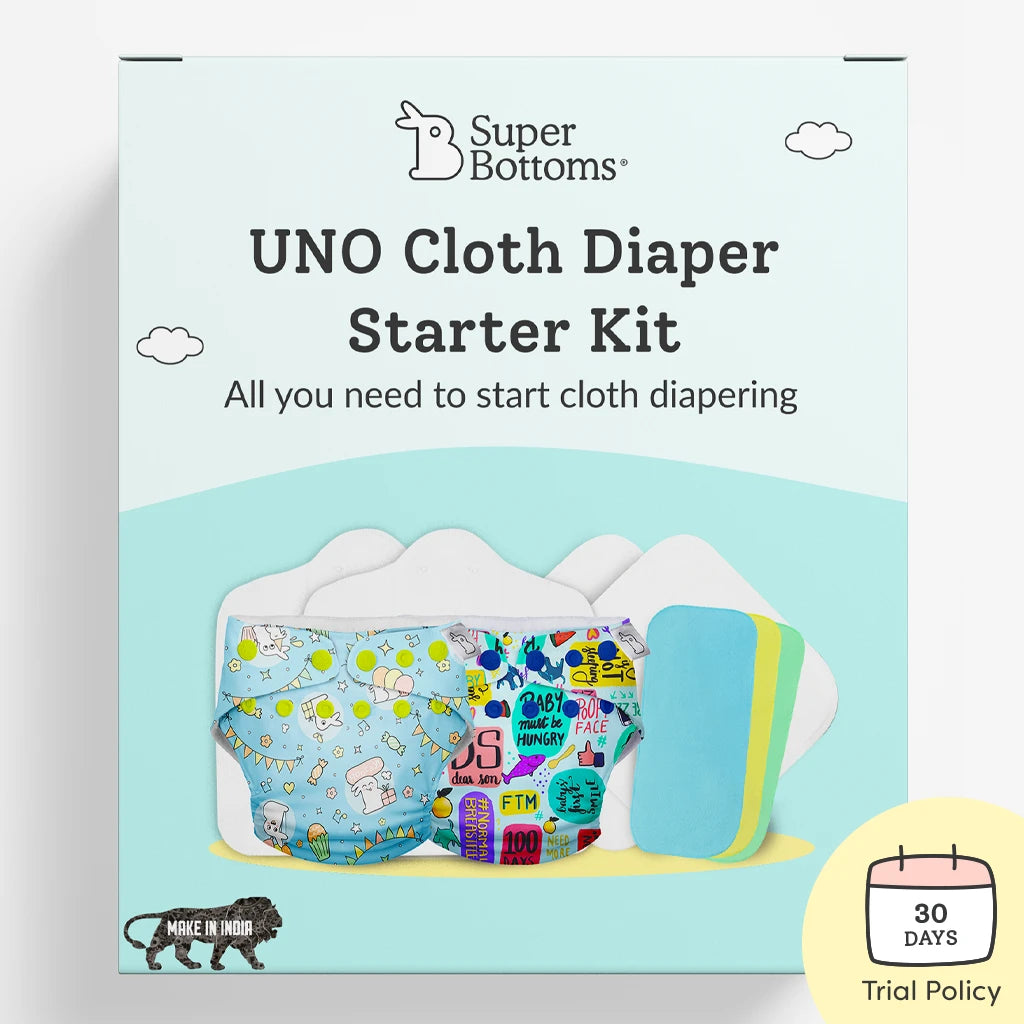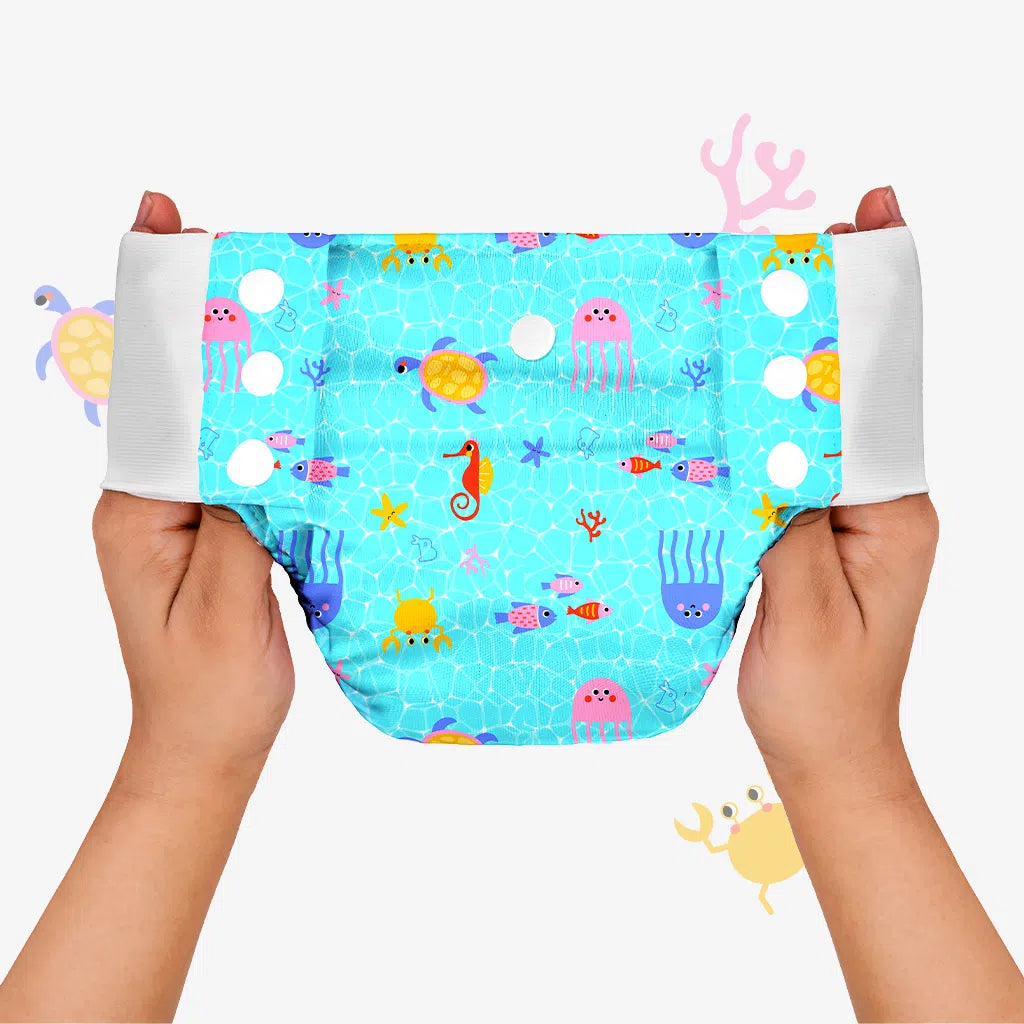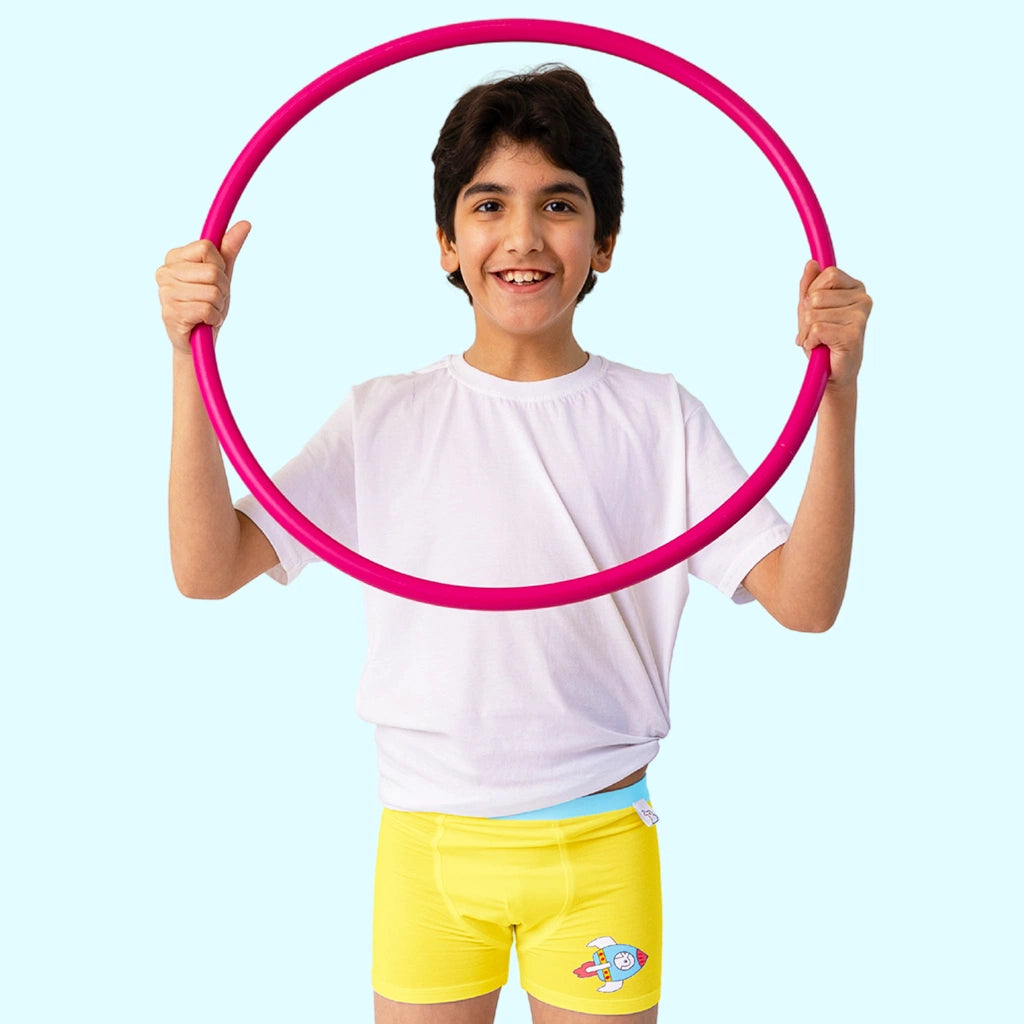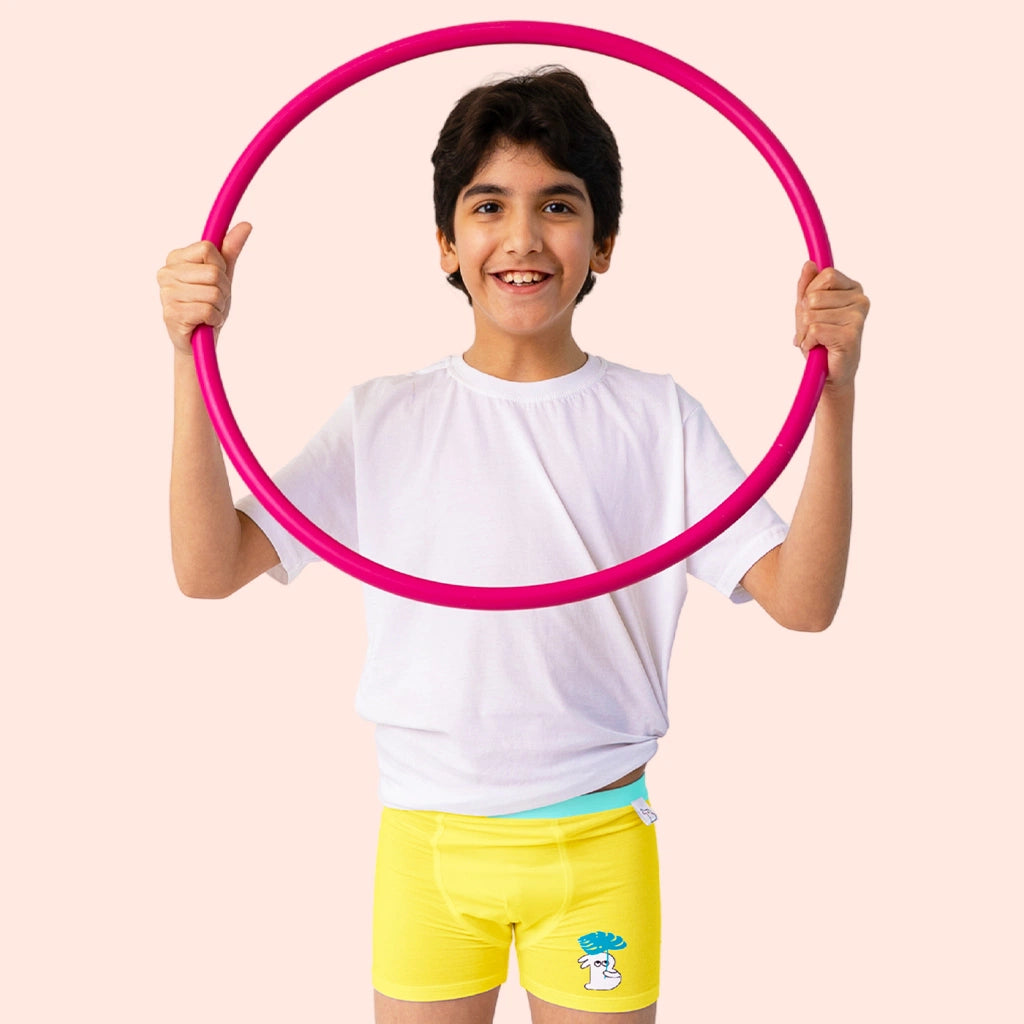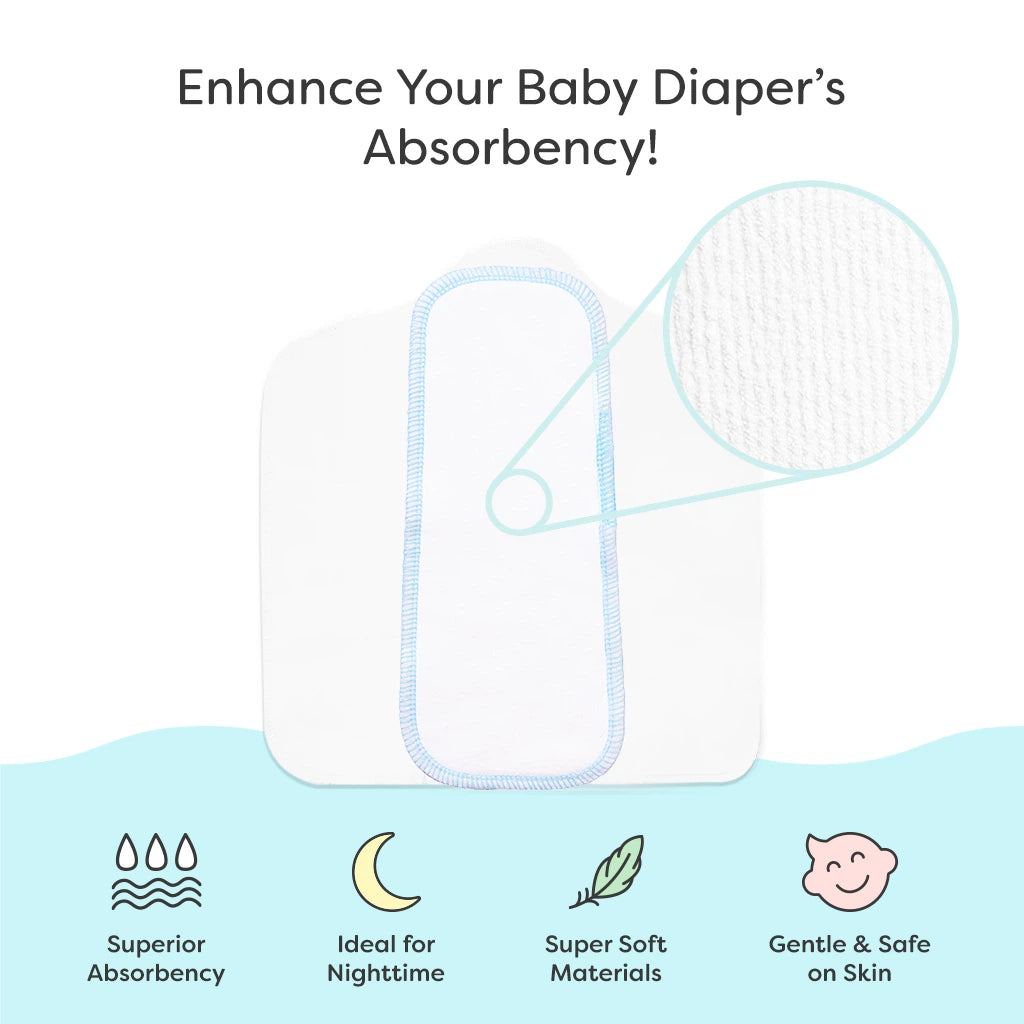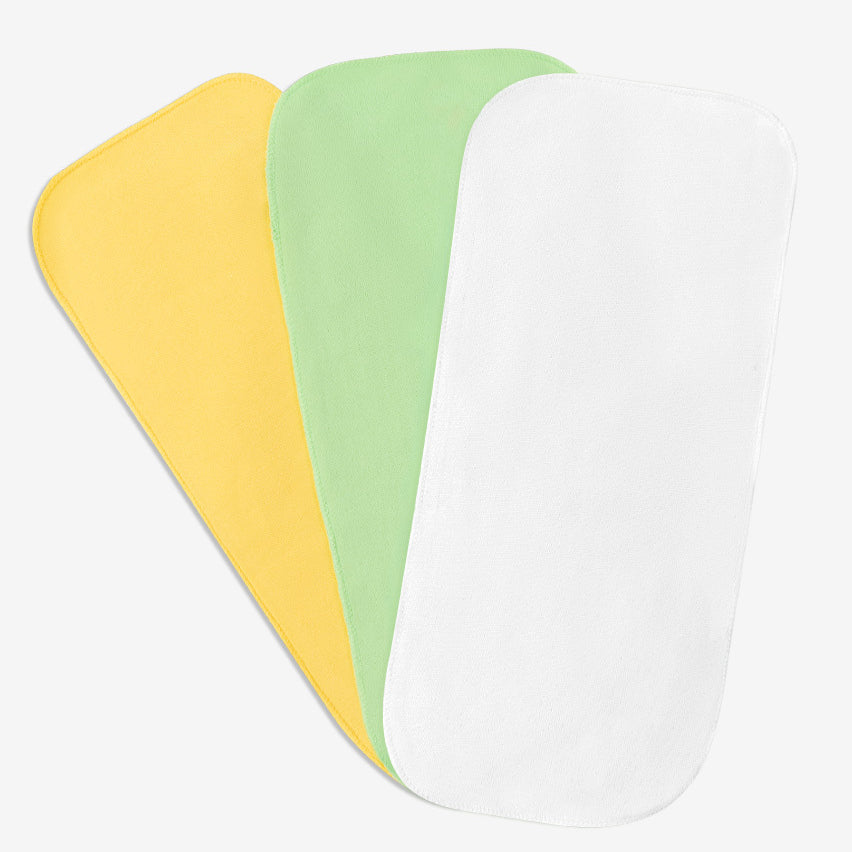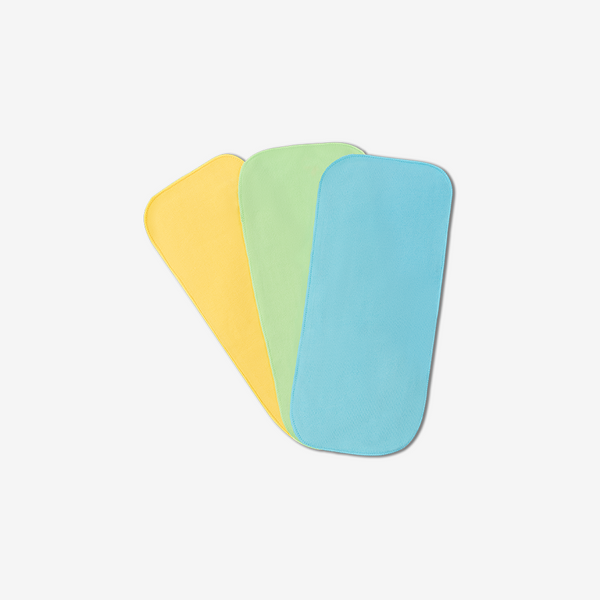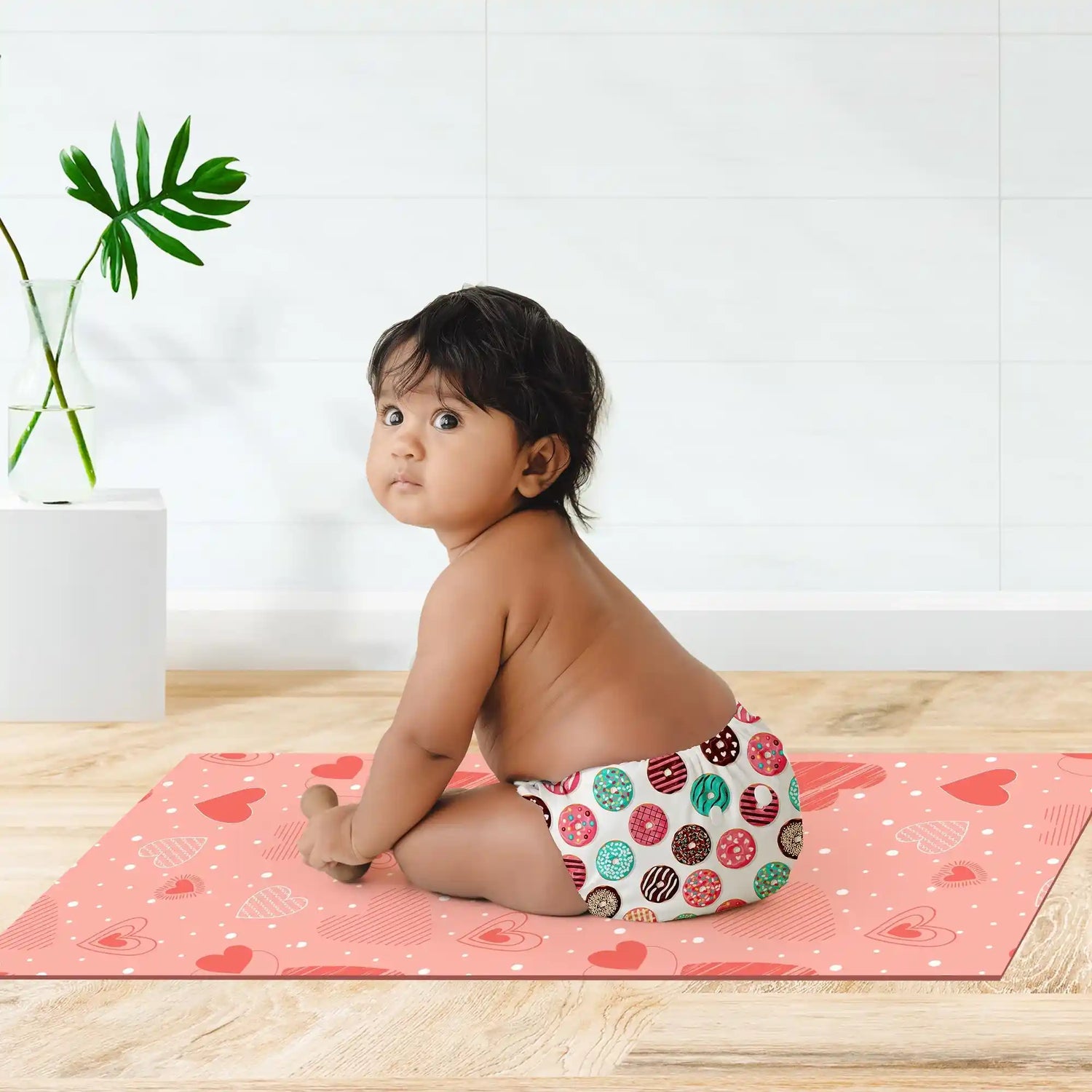
This article is contributed by our Pre-Natal Expert - Sarita Malpani - A CAPPA-certified Labor & Birth Doula and Montessorian with 15 years of experience in Montessori education. She integrates Montessori principles from conception onward, supporting both the child and the family. Her professional training as a doula has further enhanced her ability to empower women, providing them with confidence and guidance throughout their birth journey while also coaching them in nurturing their babies' development.
As a creative therapist, she designs personalised, non-medical and mindful therapeutic approaches to address women's anxiety, stress, and depression right from conception to the postpartum period.
- Introduction
- Two Important Aspects of Montessori Applied to Life
- Montessori Inspired Healthy Routines for Kids
- Key Takeaways
- FAQs
- Message from SuperBottoms
Sleep – Is it natural, or is it a voluntary activity?
No doubt it comes naturally when our body and mind are tired and need rest.
All humans have different sleeping patterns, and they keep changing at different life stages. All mammals are free to decide their sleeping time when they are babies, and so is the human fetus in the mother’s womb. As the mammals grow, they understand when to take rest. They learn to survive for their food and their body from their parents. Humans are no different. But as soon as the baby comes out from our womb, we try to impose our monotonous routines and practices on them. This actually makes both the baby and the parents tired, frustrated and worried.
Incorporating a healthy routine for babies is not rocket science. Madam Maria Montessori said in her book, “The Child in the Family”, “I have studied how people care for the newborn worldwide, observing passionately the customs of diverse cultures. What I have found is that they are lacking….
I repeat they lack the necessary consciousness to receive the person coming into the world with dignity.” She describes that a newborn is transitioning into a whole different environment, and this transition should not be so abrupt; it should go step by step. This will calm the baby down from the stress he has suffered during the birth, and a slow transition will also prepare him/her for life.
Two Important Aspects of Montessori Applied to Life
The two most important aspects of the Montessori can be easily applied to all stages of life.
Those are:
-
Prepared Environment - A prepared environment is a thoughtfully designed space that gives a feeling of trust and safety. It emphasises simplicity, order and accessibility. The space is organised to promote freedom of movement and provide opportunities to engage with the surroundings. This environment helps to build a sense of security and a love for learning and adapting.
-
Observation – Madam Montessori says, “You do, and the children will follow.” Observation is a fundamental tool for understanding a child’s development and needs. It fosters a deeper connection with the child. Ordering or scolding is not the solution. Observe the child closely. Show them what you want them to do. They will observe you and will follow you soon. They are great learners.
Montessori Inspired Healthy Routines for Kids
Coming to the healthy routine for toddlers, we can easily follow the Montessori-inspired steps given below:
-
Create a sleep-inducing environment – Make sure their room is dark enough, with a night light. It should also be quiet and cool. Keep some comfort items they love most and feel safe with. Assure them that you are right there when they need you.
-
Pre-sleep routine – Pre-sleep routine is as important as a good night’s sleep. This will make a child mentally prepared that it’s bedtime. It can be brushing teeth, putting on the night dress, story time and saying night prayers.
-
Talk and Listen – Parents are the safe place for the children. Lend them an ear and listen to them very mindfully when you take them to bed to sleep. They want to tell all the stories about their day. They want to tell you what is going on in their mind and also want to know what you think about it. Talk to them just like you talk to the elders and show them they are important.
-
Observation – Observe their day-to-day behaviour. Try to find out if they are upset with something. Recognise the needs that they are unable to convey.
-
Physical Activity – Ensure they get the right amount of physical and mental activity throughout the day. We sleep better when we use our energy. Bring these activities to a minimum in the late hours. By the time they have dinner and follow the bedtime routine, they will be feeling sleepy.
-
Consistent Bedtime – Follow a regular bedtime every night to regulate their body clock. Aim for 10-12 hours of sleep per night for toddlers, varying by their age and individual needs. Adjust your work, house chores and toddler’s bedtime accordingly. Try to take the toddler to bed at around 8:30 pm (IST) so that the child gets to sleep comfortably at least by 9 pm (IST).
-
Limit sugar and caffeine – Avoid giving your toddler foods or drinks containing sugar or caffeine, especially close to bedtime. These foods and beverages interfere with their sleep. Children will take longer to sleep, making you and your toddler frustrated and agitated.
-
Avoid short naps – Do not practice giving short naps to your toddler, especially in the late hours of the day. If you feel like doing so, try to provide them with a comfortable one-hour sleep in the afternoon before 4 pm. Giving some physical activity after waking up will again use their energy, and they will be ready to sleep again on time.
-
Be Patient – Last but not least, keep calm while incorporating the routine with your toddlers. Some may take longer than others to get used to the routine. It’s just okay. Do not judge yourself or your toddler. Neither do they compare with others. Every individual is different, including you and your toddler. It’s normal for children to observe new things and to test boundaries. A steady and reassuring approach helps them feel safe and secure.
By fostering a soothing and safe sleep routine, you can help your toddler get the restful sleep they need to thrive. Be their safe space. Put your trust in them, and everything will automatically fall into place in the process. All the best to all the parents. Trust that you and your kids are doing the best. HAPPY PARENTING!
Key Takeaways
-
Montessori Principles are Applicable to Sleep: The concepts of a "Prepared Environment" and "Observation," fundamental to Montessori education, can be effectively applied to creating a healthy sleep routine for toddlers. A safe, calming sleep environment and carefully observing the child's needs are crucial.
-
Routine and Consistency are Paramount: Establishing and maintaining a consistent pre-sleep routine and bedtime is essential for regulating a toddler's body clock and promoting restful sleep. This includes creating a calming environment, limiting sugar and caffeine, and avoiding late-day naps.
-
Parental Patience and Understanding are Key: Parents must be patient and understanding, recognising that each child is unique and may take time to adjust to a new routine. A reassuring and supportive approach, coupled with mindful listening and observation, fosters a secure and trusting relationship, contributing to better sleep habits.
|
Limited Offers Ending Sooner - BUY NOW Now or never offers live on the SuperBottoms website. Take advantage of the never-before Good Value for Money on our offer page! Stock up on the bestselling UNO diapers, accessories and other popular SuperBottoms baby and mom products now available in deals and discounts. HURRY, the Deals are Live till stocks last! |
FAQs
Q1 - How much sleep do toddlers need?
Ans - Toddlers aged 1 to 3 years need about 10-12 hours of sleep per night and about 1-2 hours of nap per day.
Q2 - How can I establish a healthy sleep routine for my toddler?
Ans - A consistent bedtime schedule with calming pre-sleep activities like brushing teeth, changing into night dress, reading a story and listening to them mindfully in a well-prepared environment helps establish a healthy sleep routine.
Q3 - Should I wake my toddler up simultaneously each day?
Ans - Yes, Keeping the bedtime and wakeup time consistent will regulate the toddler’s body clock, promoting better sleep and easier mornings.
Q4 - What should I do if my toddler resists bedtime?
Ans - Be patient. Consistency will give you fruits. Never encourage power struggles. Recognise their needs and anxiety. Listen to their stories and vice versa. They want to be treated with respect and importance. Gradually, they will feel safe and will follow the routine.
Q5 - What if my toddler wakes up in the middle of the night?
Ans - Again, recognise the reason why their sleep is getting disturbed. Do not pick them up immediately. Try patting and talking softly. There can be a need to urinate, or they might be feeling thirsty. They might not be feeling safe for some reason. They will fall asleep and gradually learn to fall back asleep independently if nothing is concerning.
Q6 - What if my toddler is transitioning from two naps to one?
Ans - As toddlers grow, they may start dropping their morning nap. Let this transition happen step by step. As they get cranky due to transition, stay calm and help them stabilise a new sleep pattern over a period of time.
Q7 - How can I manage sleep regressions in toddlers?
Ans - A toddler’s sleep pattern changes suddenly at around 18-24 months of age. It can be due to potty training or feeding patterns. Do not panic. Stick to your established routine and remain patient and consistent as your toddler adjusts to these changes.
Tip – Start potty training right from birth. Time their urinating pattern, as we do with the feeding pattern, maybe every two hours or so.
Message From SuperBottoms
Hi there, new parents! No matter where you are around the world or in India, SuperBottoms ensures your kids are using the best and safest products. SuperBottoms offers the best cloth diapers, which are completely safe and gentle for your baby, DryFeel langots for diaper-free time, padded underwear for potty training your kids, and period underwear for women. These products suit your baby delicate skin at any time of year. SuperBottoms is a must-have product for you and your child whether you live in Canada, Kuwait, the United States, Qatar, Hawaii, Bahrain, Armenia, the United Arab Emirates, or the Philippines. SuperBottoms products are also available on Amazon, Myntra, Flipkart, FirstCry, Zepto, Swiggy and Blinkit.






















